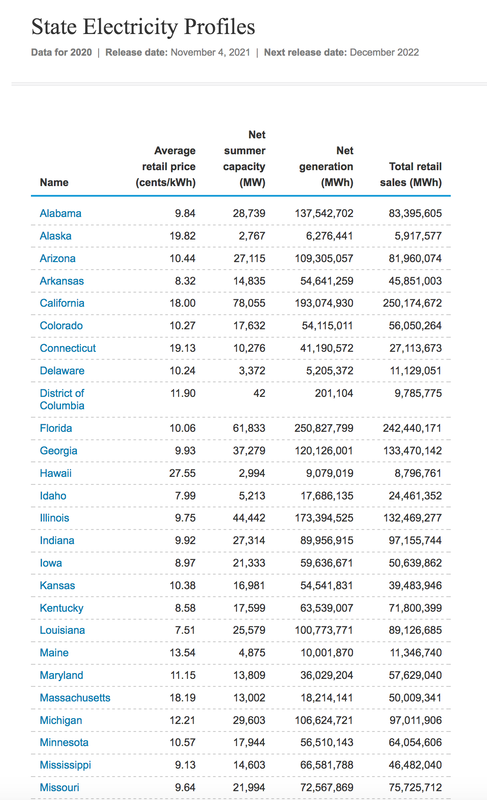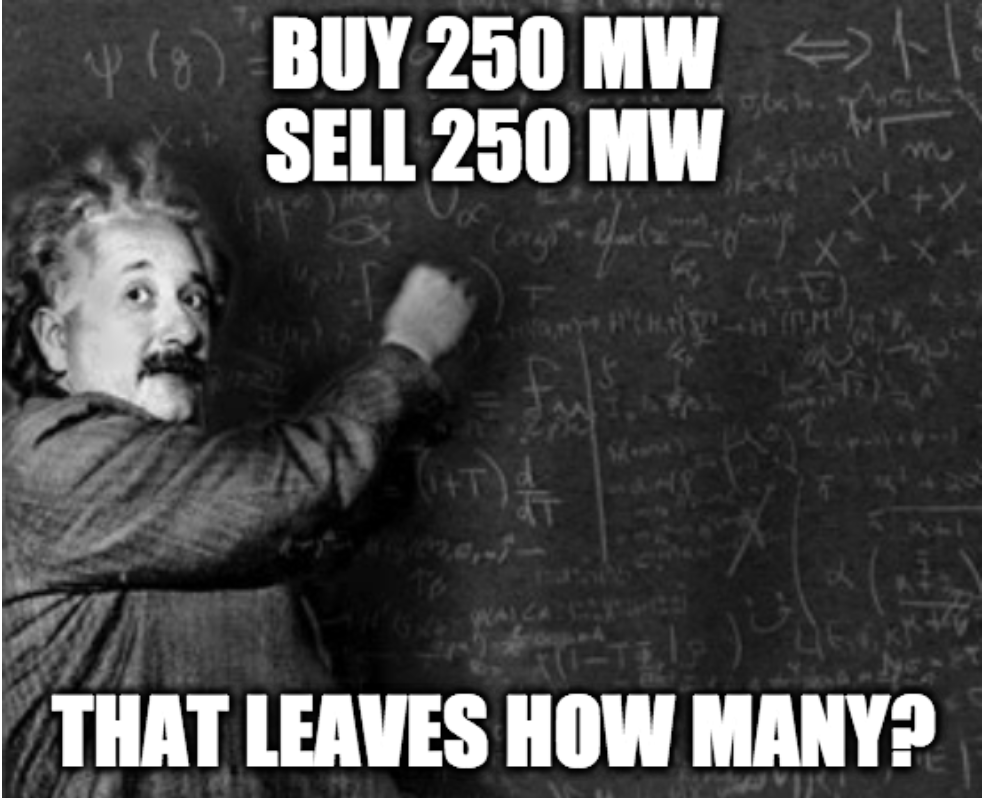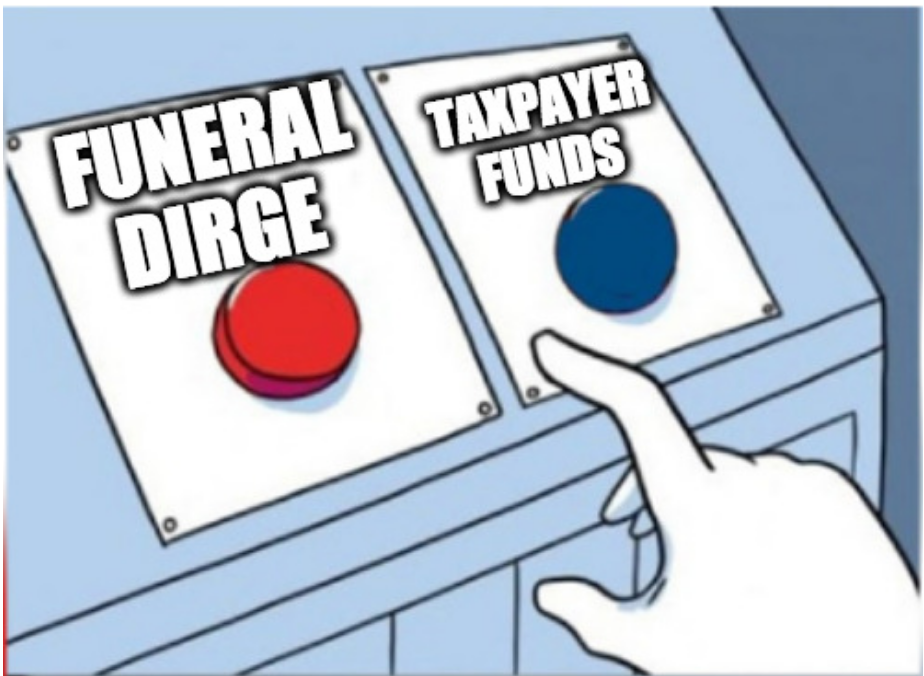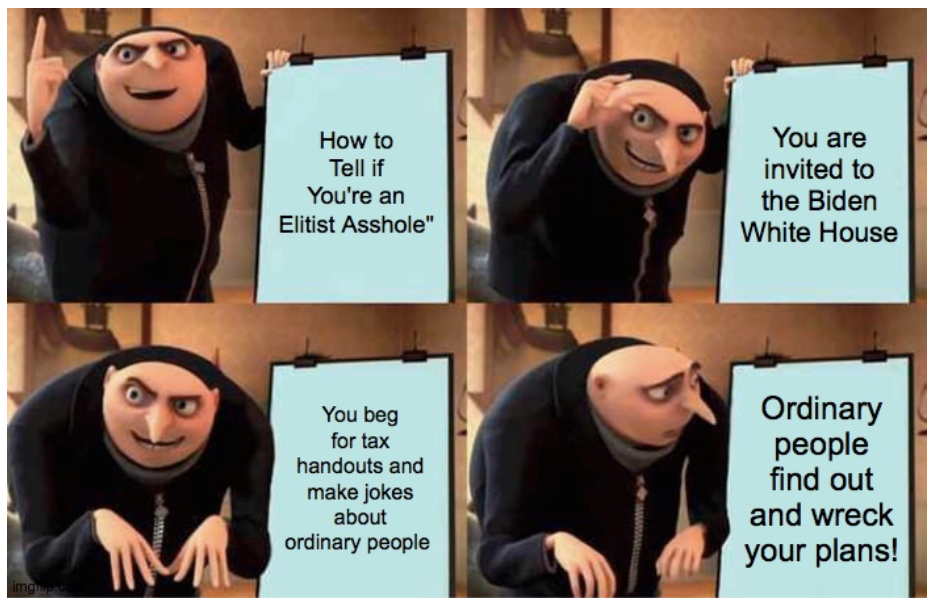Low-cost modeling process market consultants assuming estimated wind generation projected average reduce expected potential forward-looking wholesale market impacts revenue requirement controllability assessment aggregates combined impacts lower inclusion utility investment the collective partial revenue requirement average approximately production capacity factor flat production profile evening peak electric demand SPP MISO regions wholesale electric costs region spanning prices price spread opportunity arbitrage nodes average annual basis off-peak price differences translate Kansas and Missouri. Billions.
Except... if you quizzed these guys they'd quickly find something more important to do than talk to you, or simply get angry at you for implying they are a know-nothing waste of flesh. They're probably on their way to find out what Invenergy can do for them. Quid pro quo, you know.
First of all... GBE is just a transmission line. It doesn't sell power. Power purchased separately. How in the world did this variable get handled in the opaque report? Notice how the variables are not identified, much less the equation shared? My 8th grade Algebra teacher would give Invenergy an "F" and send it to the principal's office for not showing its work.
Fugheddaboutit. Here's all you need to know about electricity prices in Kansas and Missouri.
There, wasn't that simpler and a whole lot more logical?








 RSS Feed
RSS Feed